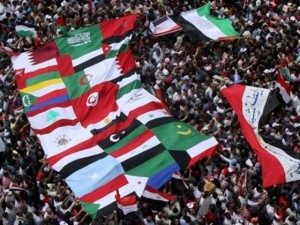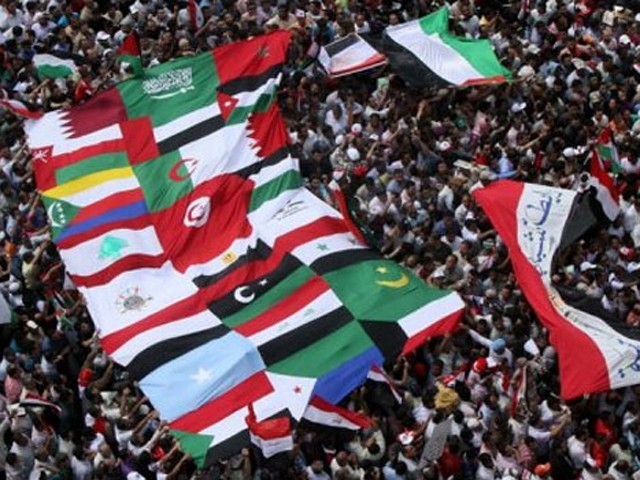 The Arab Spring which started in Tunisia before sweeping North Africa and the Middle East could be one of the costliest phenomenons that has ever been witnessed by the region. In a research report published by HSBC Bank, by the end of December 2014 almost $800billion would have been lost in output by the region. The Arab Spring started in 2011 and has not shown signs of ending soon.
The Arab Spring which started in Tunisia before sweeping North Africa and the Middle East could be one of the costliest phenomenons that has ever been witnessed by the region. In a research report published by HSBC Bank, by the end of December 2014 almost $800billion would have been lost in output by the region. The Arab Spring started in 2011 and has not shown signs of ending soon.
Tunisia, Egypt and Libya have been the most affected North African countries in terms of gross domestic product and they are still struggling for stability due violence and political instability. Jordan, Lebanon, Bahrain and Syria head the Middle East list. The bank warned that if the instability continues into 2014, the estimates of the aforementioned year will slip by 35% if the Arab Spring is not taking into consideration. Nevertheless, the gross domestic product in 2014 is expected to rise by 0,2% in MENA from 4%.
The report stated that uprisings in the region have had a negative impact on the economies in the Gulf because they have increased their dependence on oil-fueled government spending and deterring politically sensitive policy reforms.
The Arab Spring led to a surge in global oil prices which is benefic to the wealthiest economies in the Gulf namely Qatar, Abu Dhabi, Kuwait. The report stated that the rise in prices will help these countries to implement “sustainable” policies to maintain peace through expenses on social welfare projects. Countries with lower ratios of oil wealth to population could suffer.
HSBC warned that the “combination of a severe fiscal deterioration, and a decline in government effectiveness, security and the rule of law” will make it difficult to attain standards enjoyed before the uprising outbreak in the region.
MENA: Arab Spring cost equals $800 billion
